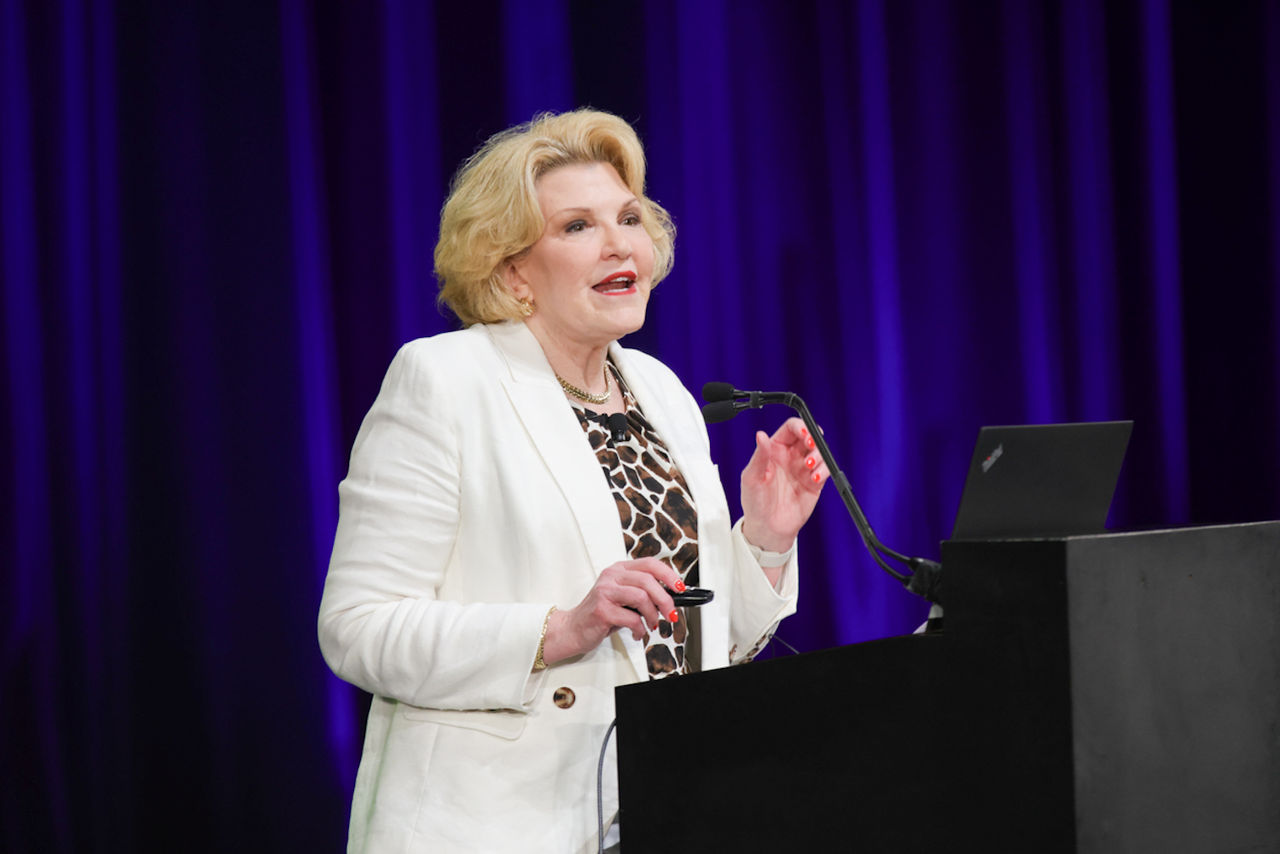In the rapidly changing landscape wherein tech dominates the future of work, the "skill-up or ship-out" call has never been louder. Organizations need to rethink their talent strategies to stay ahead by reconfiguring industries through automation, AI, and data analytics.
Employees should adopt a growth mindset to adapt to emerging challenges proactively. This blog covers critical strategies for bridging skill gaps that can benefit organizations and employees.
Reality Skills in Tech Workspaces
Gartner's 2024 Future of Work Trends report finds that 83% of HR leaders report significant skill shortages in their organizations, which hinder innovation and agility (Gartner, 2024). Their concerns also arise from the rapid pace of technology, which makes traditional skills obsolete much quicker than ever before.
Key Challenges
Technology Outpacing Training: Tools like AI, machine learning, and blockchain evolve faster than training programs can adapt.
Global Talent Competition: According to Gartner, over 53% of HR leaders predict increased competition for tech-savvy talent in 2024 (Gartner, 2024).
Workforce Readiness: A McKinsey report highlights that 40% of employees globally lack the skills needed for their roles within five years (McKinsey, 2024).
Strategies for Organizations to Stay Ahead
Personalized Learning Through Technology
Organizations use AI-based Learning Experience Platforms to provide personalized learning pathways to fill skills gaps. These platforms identify skill deficits and make relevant training recommendations, increasing employee engagement.
For instance, IBM's SkillsBuild Program shortened the time it took to acquire skills by 40% by equipping employees with data science and cloud computing skills.
Invest in Agile Workforce Planning
Agile talent strategies enable businesses to anticipate market shifts and align skill development with business goals. Gartner-project-based talent mobility helps quickly redeploy employees into high-impact roles, embracing this insight effectively.
Embed a Culture of Lifelong Learning
Organizations must cultivate a learning culture in which upskilling and reskilling are constant requirements to stay ahead of the curve. Thoughtful strategies can help organizations attain their vision of creating a culture of lifelong learning.
Empowering Employees: Adapting to Tech-Driven Workspaces
Employees will be the agents of change in their learning journey. An active attitude toward learning is no longer a choice—it's now a survival instinct.
Actions for Employees
Digital Dexterity: Acquire certificates in cybersecurity or AI through platforms.
Get Feedback: Continuous mentorship and feedback assure one's performance and point out the areas for development.
High In-Demand Skills: According to LinkedIn, the 2024 list contains data analytics, cloud computing, and machine learning as top skills from tech-driven industries.
Building a Collaborative Future
Cooperation is the key to the solution to having a way of handling talent in tech-work-oriented spaces. Employers and employees must see their human skill development as a mutual obligation.
Organizations
Take retention rates and employee productivity levels as ROI for upskilling.
Make sure that diverse groups have access to learning.
Employees
Take upskilling as a long-term investment for the resilience of your career.
Stay updated about trends or industry developments through networking inside and outside your organization.
Wrapping it Up
The message to organizations and employees is clear: adapt or become irrelevant. Closing the skills gap is necessary for innovation, growth, and competitiveness. Organizations that adopt cutting-edge learning strategies and promote a culture of growth can better overcome the challenges of tech-driven workspaces and emerge as market leaders.
The bottom line: Are you ready to skill up and thrive?
Sources
Gartner. (2024, January 12). The skills gap: Trends, challenges, and strategies for closing the gap. Gartner. https://www.gartner.com/en/human-resources/insights/skills-gap
Gartner. (2024, February 8). Culture and leadership in a hybrid world: Navigating the evolving workplace dynamics. Gartner. https://www.gartner.com/en/human-resources/insights/culture-and-leadership-in-a-hybrid-world
McKinsey & Company. (2024, March 15). How companies are reskilling to address skill gaps. McKinsey & Company. https://www.mckinsey.com/capabilities/people-and-organizational-performance/our-insights/beyond-hiring-how-companies-are-reskilling-to-address-talent-gaps
McKinsey & Company. (2024, February 22). Tracking the talent metrics that matter: Key insights for organizations. McKinsey & Company. https://www.mckinsey.com/capabilities/people-and-organizational- performance/our-insights/increasing-your-return-on-talent-the-moves-and- metrics-that-matter
McKinsey & Company. (2023, November 3). Closing the future skills gap: Strategic approaches for workforce development. McKinsey & Company. https://www.mckinsey.com/industries/social-sector/our- insights/closing-the-future-skills-gap
An organization run by AI is not a futuristic concept. Such technology is already a part of many workplaces and will continue to shape the labor market and HR. Here's how employers and employees can successfully manage generative AI and other AI-powered systems.




